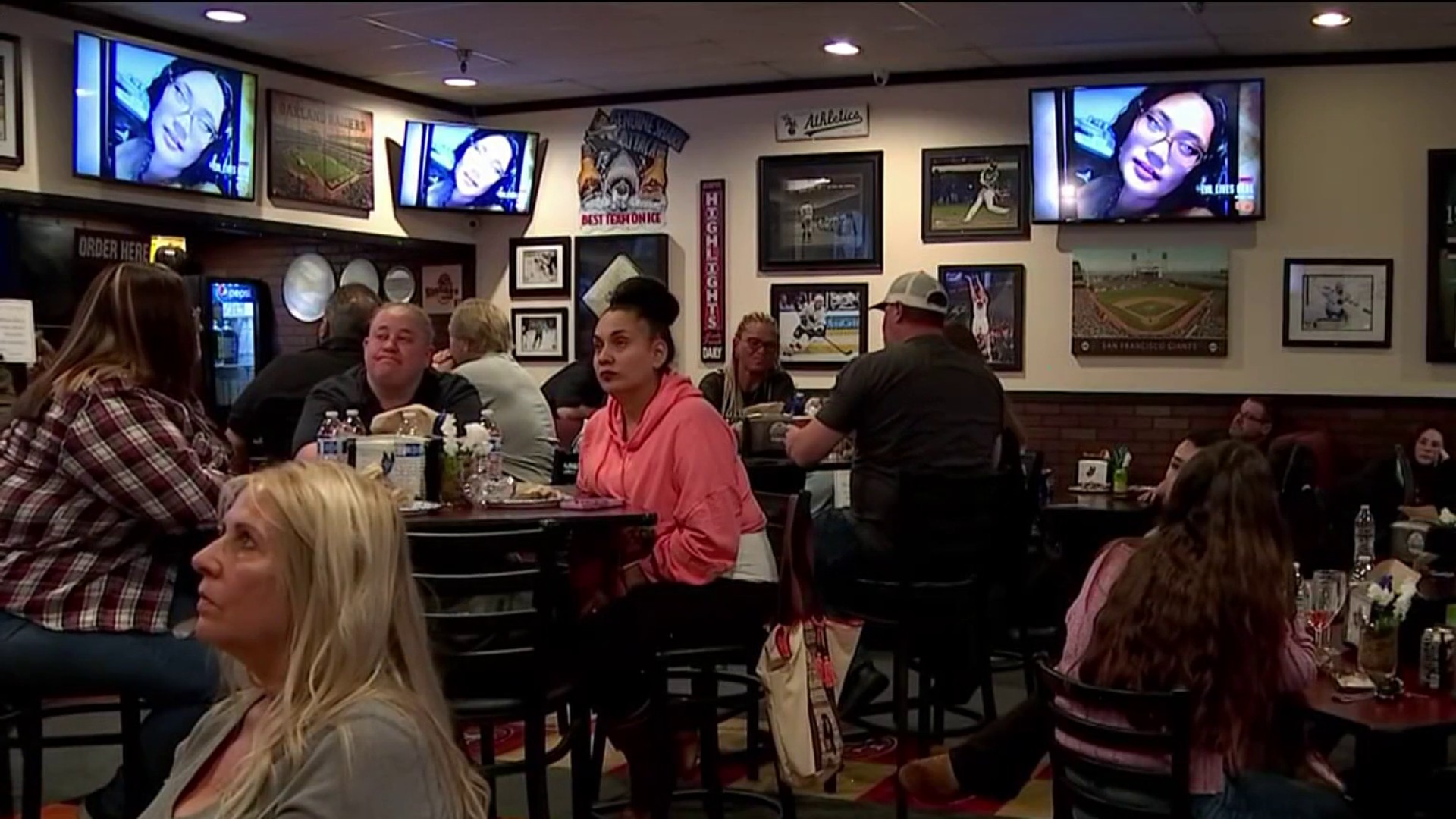All you commuters still depressed that you can't text and drive anymore, fret no more. In fact get ready to finally ditch that car for BART (unless you work in the South Bay, then continue to know that BART is irrelevant to you). The train operator is rolling out WiFi for all. All who can afford it anyway. Just think now instead of texting and driving you can instant message and commute. Sweet.
WiFi Rail Inc. and BART finalized a 20-year agreement to provide high speed mobile WiFi access throughout the BART transit system and on all its trains. Now while waiting for that late night train on that lonely dark platform you can pull out your laptop and surf the web. Sweet.
Service on BART is scheduled to begin on selected lines as early as this year. In fact four downtown San Francisco stations and some segments of the tunnels are already fully functional, and have been providing premium service free to subscribers for the past year. Completion of the network is planned for the end of 2010.
"We are thrilled to showcase our technology in the network designed for the San Francisco Bay Area Rapid Transit system, it is a great partnership," said Cooper Lee, CEO of WiFi Rail Inc. "This is a unique opportunity to demonstrate what high-speed WiFi access, interconnected by a huge fiber-optic backbone, can mean to a transit system and its passengers."
The BART WiFi system will become the largest high bandwidth mobile Internet LAN in the United States.
The company installed a demonstration network on 2.2 miles of the BART Hayward test track and in the four downtown San Francisco stations. During the year of testing, more than 15,000 commuters registered and used the system more than 85,000 times, including live streaming video from the trains, proving the utility of the network. Tests on trains moving at over 81 MPH have consistently demonstrated upload and download speeds in excess of 15 Mbps.
The network has several functions to support public safety and security needs, including those of the Department of Homeland Security. The network uses standards-based technologies which include a collapsed fiber-optic backbone, Cisco wireless access points, routers and switches and Apple OS-X servers.
Local
Demographic studies indicate that approximately 71 percent of commuter rail travelers carry a laptop, PDA or WiFi capable device and would utilize the services of mobile wireless connections and the annual growth of WiFi capable handsets is projected to grow by 1,300 percent by 2010, according to WiFi Rail Inc.
With the explosion of data accessed by devices such as the iPhone and iPod touch, currently estimated to be 30 to
WiFi Rail plans to sell network subscriptions to offset the costs.



